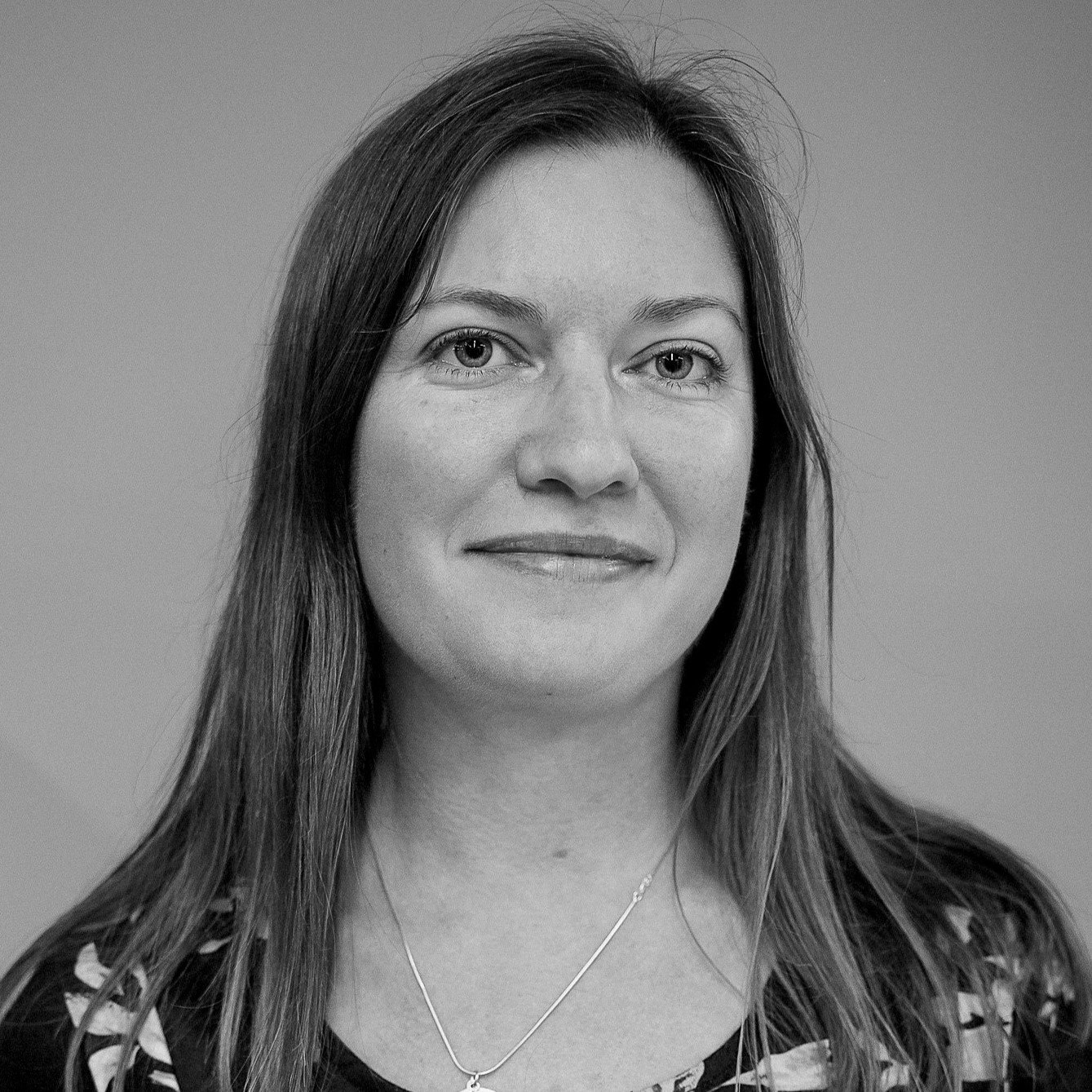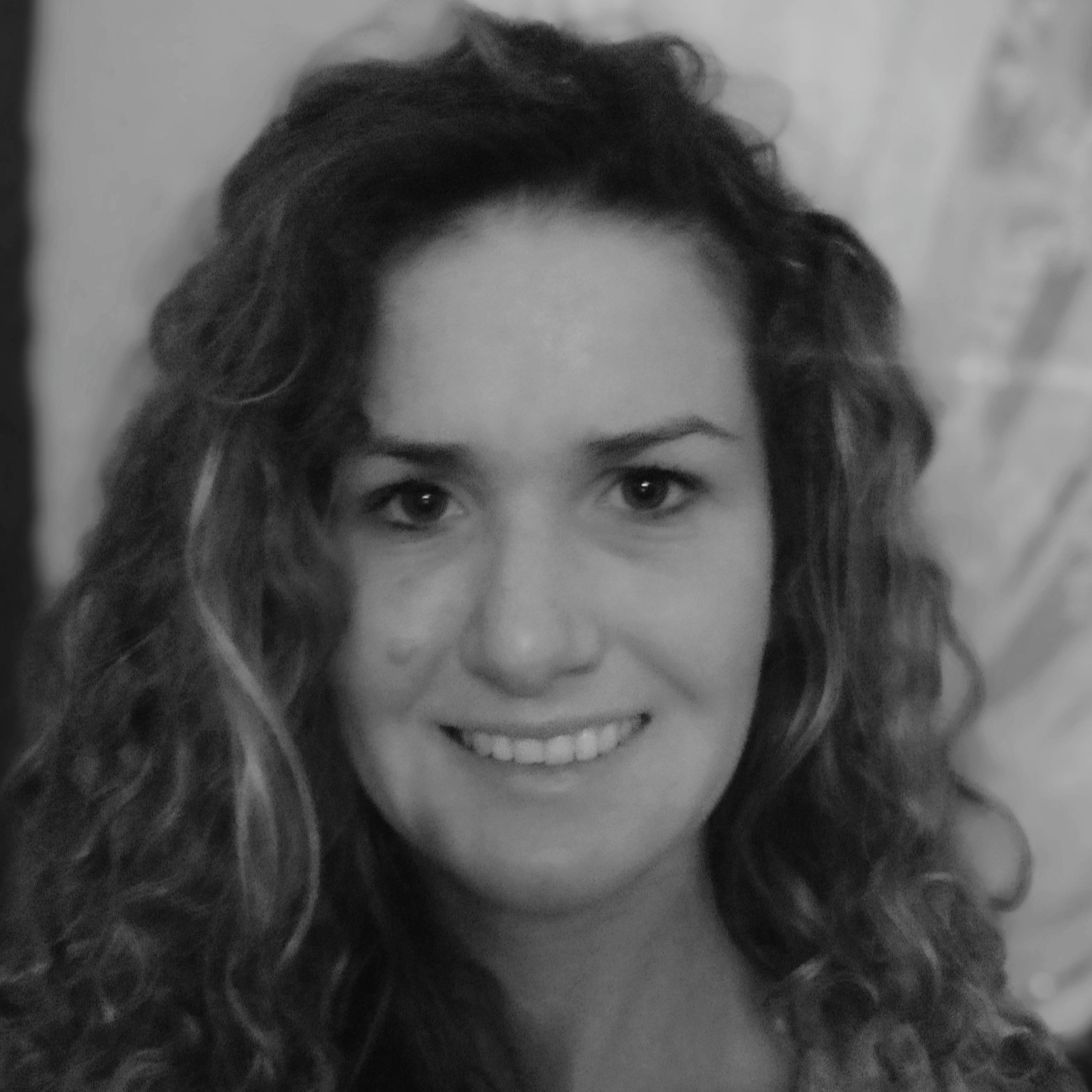Formula - GCSE Maths Definition
Reviewed by: Amber
Last updated
What is a formula?
In GCSE maths, a formula is a mathematical statement that describes a relationship between two or more quantities. It is written using a combination of mathematical symbols, numbers and variables.
Some formulas you will need to be familiar with in GCSE maths are:
The area of a triangle:
; a circle:
; and a trapezium:
The volume of a cube:
; a cuboid:
; a cylinder:
; and a sphere:
The quadratic formula:
; and the Pythagorean theorem:
A formula on its own cannot be solved, however values can be substituted into a formula to create an equation, which can then be solved. For example, in the formula for the equation of a straight line: , if you substitute
and
, you create the equation
which can then be solved to find
.
In GCSE maths, you may be expected to rearrange formulas that you have never seen before. For example, the formula for energy: , could be rearranged to make
the subject:
, or to make
the subject:
.
Formulas revision resources to ace your exams
You can find out more about formulas, and how they can be used, by reading our revision notes. To test your knowledge, try our exam questions in the algebra section, for example these questions on rearranging formulas.
For quick-fire GCSE maths revision, use our collection of interactive flashcards for GCSE maths. We also have past papers for your exam practice.
Examiner-written GCSE Maths revision resources that improve your grades 2x
- Written by expert teachers and examiners
- Aligned to exam specifications
- Everything you need to know, and nothing you don’t

Share this article



 written revision resources that improve your
written revision resources that improve your